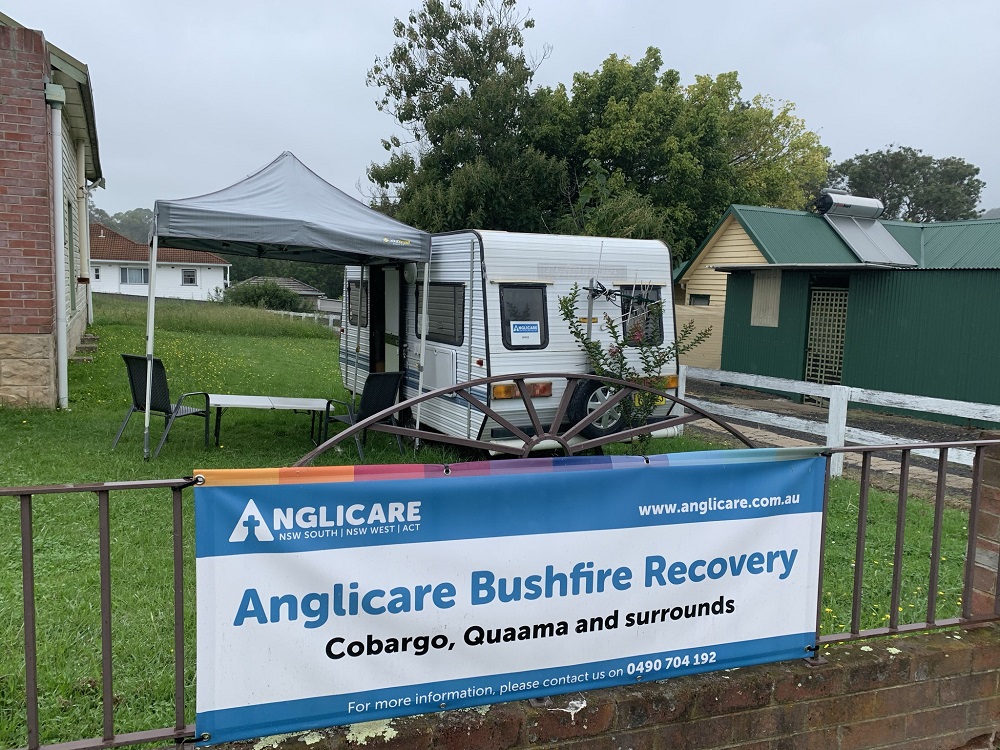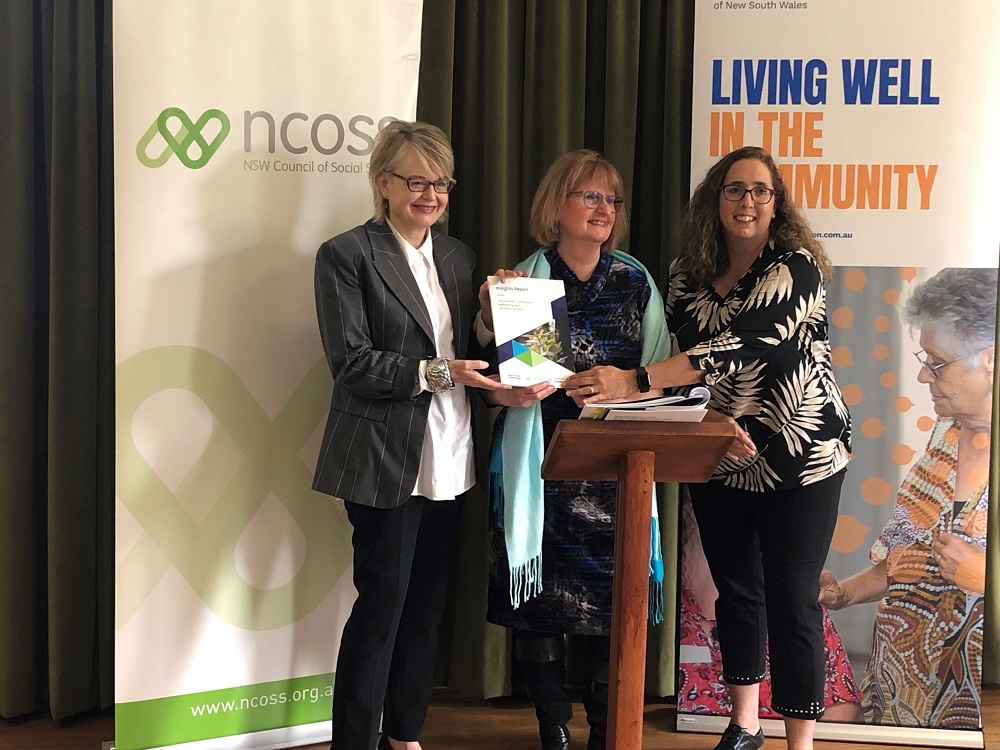Environmental Influence
Bouncing back from disaster: the role of local community organisations
The value of a community group can vastly transcend where you live, or the interests that you share with others – as the University of Canberra’s Professor Lain Dare and Associate Professor Jacki Schirmer have found, they often play an integral role in recovery and rebuilding after a natural disaster.
The Community, Resilience, Wellbeing and Recovery Project was run in partnership with the Mental Health Commission of New South Wales, NSW Council Social Services (NCOSS) and UC. Researchers set out to discover just what role local organisations and groups play in disaster recovery – one they aren’t even aware of in some instances, Lain suggests.
The impact they have, she said, often goes unrecognised even by themselves.
“They provide critical and sometimes invisible roles in disaster recovery and community resilience or don’t realise the role their work plays in the process, even if their focus revolves around something else,” she said.

“Local governments, hobby groups, churches, businesses and online community groups amongst others are trusted and known avenues, that people will turn to for more information or help.”
“In terms of resilience and recovery, natural disasters also can have long-term impacts, and after external disaster recovery specialists have moved on, it’s the local organisations and people in the community who are assisting with this.”
That’s not to say it’s not without its challenges – something the project also aimed to address. Local ‘assets’, as they are called in the report, are often volunteer-based or operating with limited resources and knowledge on how to best respond.
Based on the above, an unsurprising key finding of the program, was the importance of collaboration between local and external organisations in disaster recovery and community resilience (for example, governments, disaster relief NGOs, charities, donation campaign sites), with this providing the most successful outcome.
Without this collaboration, external organisations can have real difficulty with reaching and maintaining communication with affected areas. They also might not understand how to best provide, and who exactly to offer support to – something local community can assist with, including identifying the most vulnerable.
For local community organisations or groups working alone, it’s the expertise and capacity to help they need to best support their people, including better access to funding (both short and long term) and additional and suitable supplies, that might be out of reach.
The balancing of disaster recovery and ‘normal’ work for local assets also proved a challenge, says Lain.
“We found they often haven’t learnt from disasters that have come before – in part because they haven’t had the time and resources to assess before the next has hit.”
With this in mind, the scope of the project included mapping the communities involved, the resources available and discovering what factors support (and hinder) community resilience and re-building following disaster, setting them up to better respond to future disasters.

Five local government areas (LGAs) in NSW were selected; the Blue Mountains, Forbes, Wentworth, Snowy Monaro and Bega Valley – after an ironic twist, in which a sixth LGA was excluded (Port Macquarie), as natural disaster in the form of floods cut off access just as researchers were preparing to travel.
In the five LGAs the program moved forward with, experiences ranged from flood and mouse plagues, to devastating bushfires and drought, and of course COVID. The findings, however, came down to one core continuity – the importance of local organisations in rebuilding from disaster and community resilience.
The discovery process involved extensive scoping, literature review, case studies and also workshops and interviews with over 130 people, who were actively engaged in the recovery processes in these areas, encompassing a broad range of organisations and demographics.
Engaging with these local communities, for Lain, was one of the best parts of the program.
“It was a really exciting opportunity and unique that we got to work so closely with the communities on such an integral issue. The people that we talked to, that were involved in the project were inspiring for what they did for their community day in day out,” she said.
Key outcomes of the project included co-designing several guides to help local communities and external organisations plan, prepare and provide support for future disasters – a handy resource for something we can expect to battle on a more regular basis.
“With a changing climate, disasters have and will become more frequent, and we need to become better in our response, our resilience and our long-term recovery to minimise the impact on people and our businesses,” Lain said.
“These guides are a small step to helping with this and we really look forward to seeing how they assist these communities, and hopefully other communities, in the future.”
To find out more about the project and access the guides, visit the Mental Health Commission of New South Wales website.
Words by Kalyx Jorgensen, photos supplied.